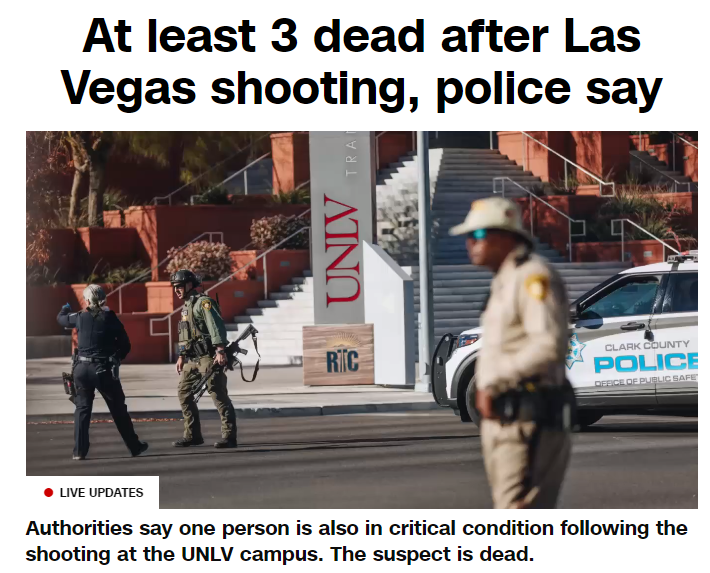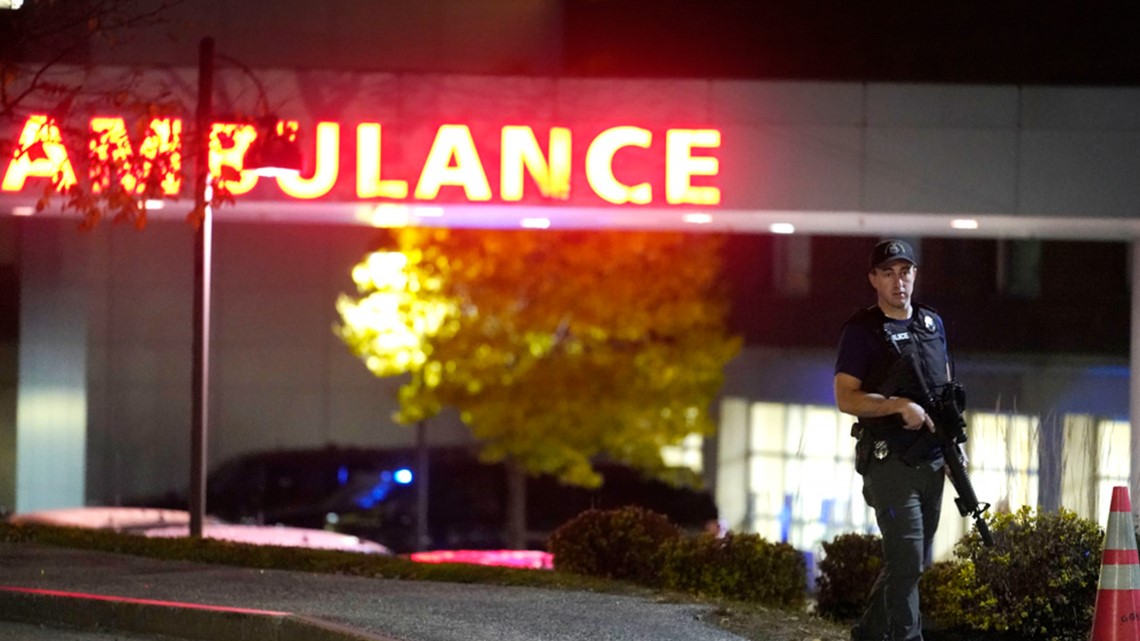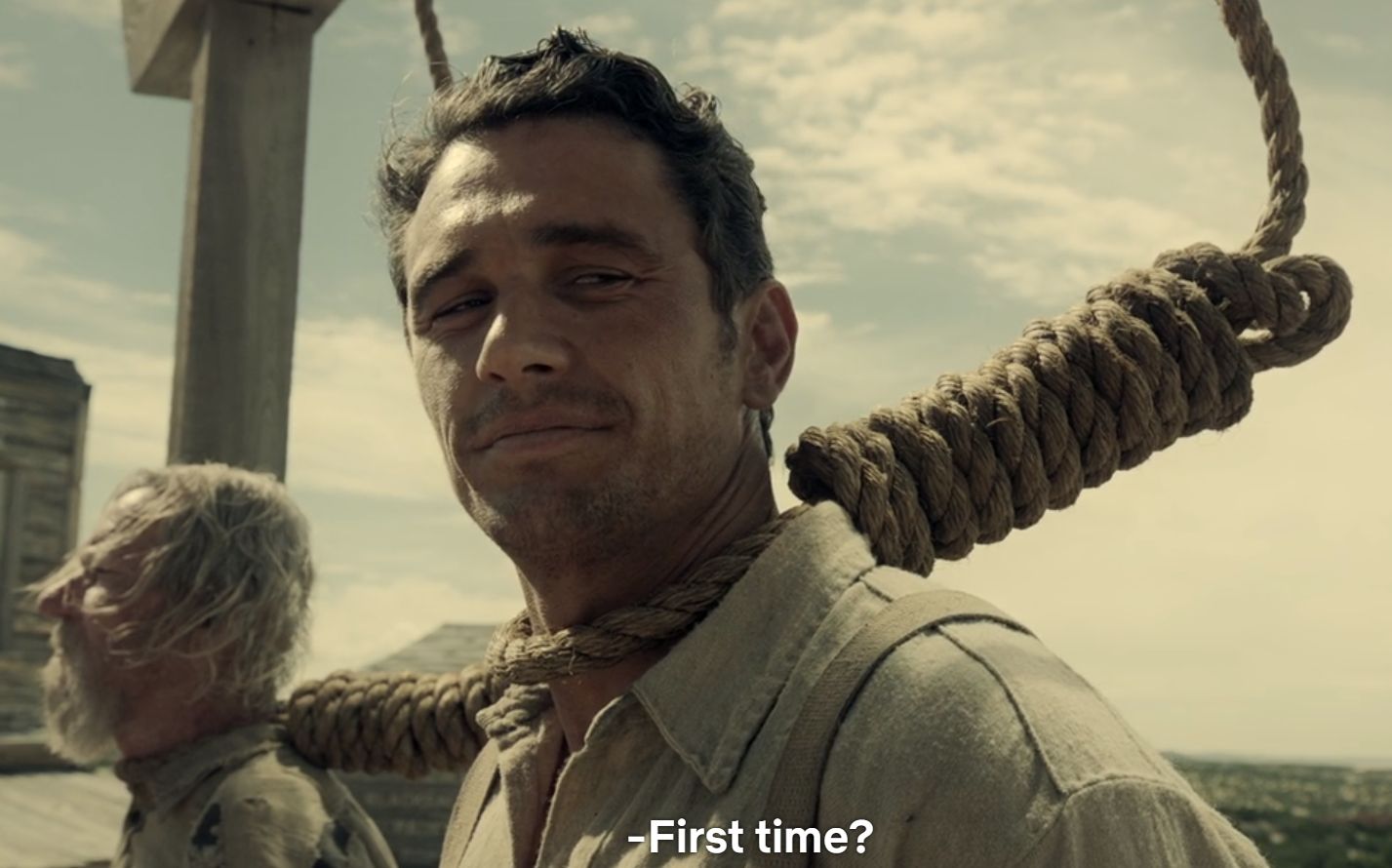🏅 Top traders
| # | Name | Total profit |
|---|---|---|
| 1 | Ṁ4,035 | |
| 2 | Ṁ3,575 | |
| 3 | Ṁ2,492 | |
| 4 | Ṁ1,669 | |
| 5 | Ṁ1,569 |
People are also trading
Edit: I originally misread the OP as 10% not under 10%
https://www.statista.com/statistics/476101/worst-mass-shootings-in-the-us/
They've increased in frequency with five in the last ten years. Still, using back of napkin math for the last ten years gives a 1/2 chance annually. 1/6 x 1/2 should give us 1/12 or 8ish% odds of one occuring by end of year.
@VerySeriousPoster for what it's worth at least you're not the kind of idiot who dropped 3k mana on this market based on breaking (incorrect) news agreeing with your earlier prediction
@Ramble however, it is clearly not in the same city, as required below by market creator. The location where he was found dead is 3.6 miles outside of Lewiston city limits in Lisbon Falls.
@Nostradamnedus Maine gov confirms 18. Reopen?
@AndrewG seconded -all reports I'm seeing now say 18 dead and 3 in critical condition at the hospital. This may resolve yes if only 1 of them makes it, but as it is the resolution criteria have not been met.
@ChadwickMiller Some sources report "at least 14", others "at least 22". IMHO, this question should be closed but not resolved until we get firmer numbers.



